Before we say goodbye to 1987, our final "year of the month" to coincide with the Smackdown events, we must look at one final Oscar category: the Best Costume Design race. It was a stellar line-up, dominated by films set during the first half of the 20th century, whose designs spanned from epic opulence to modest realism. The nominees were…
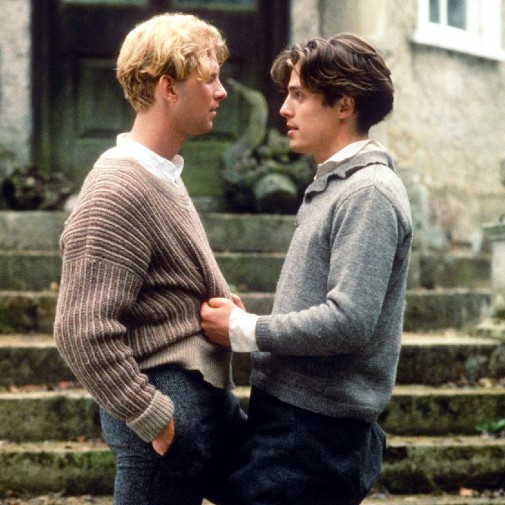
- James Acheson, The Last Emperor ★
- Jenny Beavan & John Bright, Maurice
- Dorothy Jeakins, The Dead
- Bob Ringwood, Empire of the Sun
- Marilyn Vance, The Untouchables
Like every nominee from The Last Emperor, James Acheson came out victorious at the 60th Academy Awards. At this time, the British designer had been collaborating with Monty Python for several years, costuming its individual members' forays into filmmaking. It was Terry Gilliam's Brazil that got Acheson the job that earned him the first of three Oscars. Bertolucci was impressed by the costumes in that surrealistic nightmare, appreciating such idiosyncratic details as a pinstripe business suit with the stripes running horizontally.
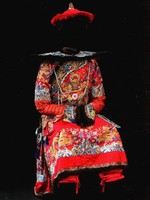 The Last Emperor may be a hodge-podge of international filmmaking, but, even so, it seems a bit strange that Bertolucci would hire an English designer to costume his epic. According to the designer, he was aware of the cultural weirdness of the task. And even told the director that it was like asking a Chinese designer to dress a biopic of Queen Victoria. Still, Bertolucci insisted and Acheson took the job, excelling at it.
The Last Emperor may be a hodge-podge of international filmmaking, but, even so, it seems a bit strange that Bertolucci would hire an English designer to costume his epic. According to the designer, he was aware of the cultural weirdness of the task. And even told the director that it was like asking a Chinese designer to dress a biopic of Queen Victoria. Still, Bertolucci insisted and Acheson took the job, excelling at it.
Designing the Best Picture victor was a collaborative effort with Bertolucci demanding constant discussion between his heads of department. After over a year of pre-production, when the shooting started in 1986, Acheson had coordinated the making of over ten thousand costumes in many workshops across Brighton, London, Rome Spoleto, Hong Kong, Tokyo, and Beijing. It's impossible to overstate just how big The Last Emperor is with crowd scenes featuring hundreds of extras provided by the Chinese army.
As he'd do for films like Dangerous Liaisons and Restoration, much of Acheson's research was made in museums and historical archives. He studied real pieces from the Ching Dynasty and photographs of the life of the eponymous last emperor of China. One thing that soon became clear was that the picture's lavish budget would have to be stretched to its limit to accommodate the opulent fashions its narrative demanded.
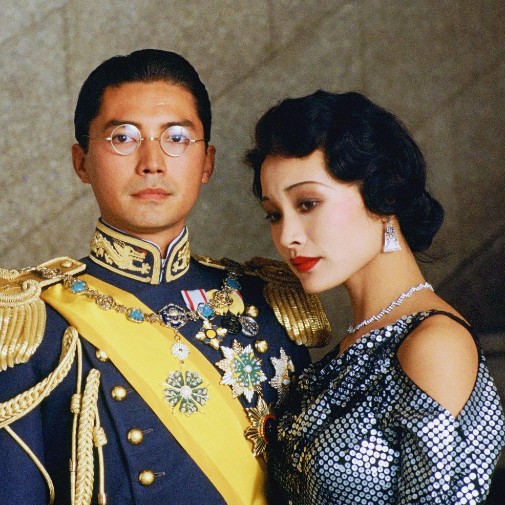
Facing such challenges, Acheson used a lot of theatrical techniques to cut costs, including casting motifs in wax and aluminum, then sowing them instead of doing elaborate metallic embroidery. Some of the jewels were glue, lush silks were printed rayon and many gold details were puffer paint applied to look like couchwork. Vintage tablecloths were used, damask drapes, and other lux materials that were hard to source for costume-making. The result is both technically impressive, logistically miraculous, and also artistically crucial to the film's immersion in tactile history.
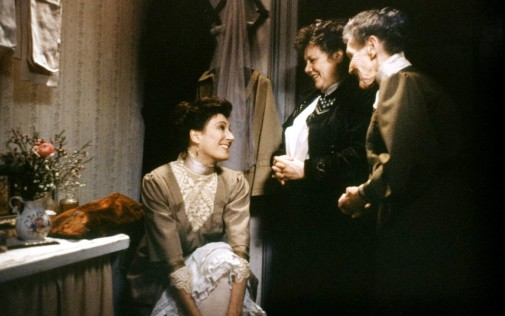
As for the other nominees, both Maurice and The Dead feature stories set in the Edwardian period, though the Merchant Ivory picture unravels among the English upper-crust while John Huston's last film focuses on the Irish bourgeoisie. Jenny Beavan and John Bright created a splendorous wardrobe where the symbols of tweedy gentlemanliness are foregrounded. As for Jeakins, her work in The Dead is remarkable, full of lived-in details and humble verisimilitude. I just wish the actresses wore accurate period undergarments and that some of the modern zippers weren't so obvious.
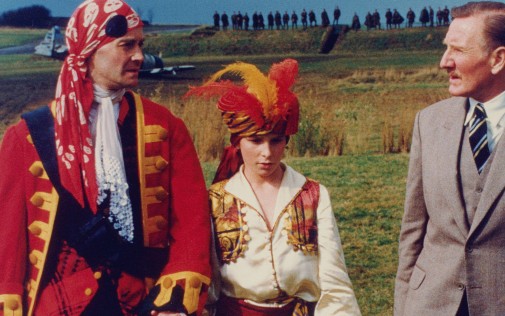
I also have small quibbles with Bob Ringwood's work in Empire of the Sun. Mostly, it's perfect, full of great designs whose balance of romantic theatrics and historical accuracy is spot on. However, those costume party costumes look cheap considering the characters' wealth. It's a smart technique, emphasizing the fakeness of costumes inside the story to make the rest of the clothes look more real in comparison. However, it doesn't quite work here. It's a minor thing and the nomination is no less worthy because of it.
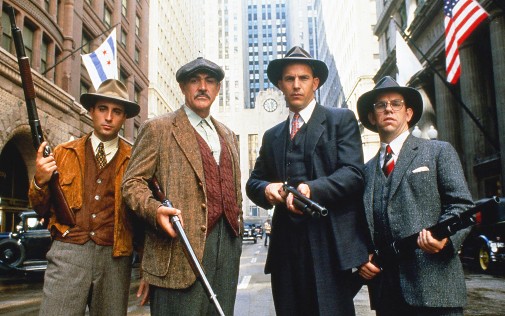
Finally, we have The Untouchables and its smorgasbord of early 1930s men's fashion. From Robert De Niro's exquisitely attired Capone to Sean Connery's gangster hunting Jimmy Malone, everybody is dressed with sharpness and style. Rich Bruno did Capone's costumes and probably deserved to be acknowledged alongside Marilyn Vance when it came to Oscar recognition. Armani also provided many suits for the cast.
1987 was a rich year in terms of costume design excellence. Because of that, here go ten Academy Awards eligible movie recommendations. They weren't nominated for the Oscar but their costumes deserve applause:
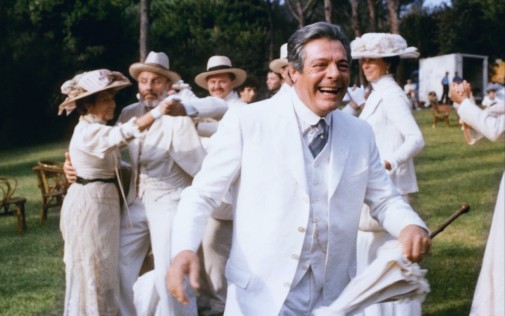
DARK EYES
Costumes designed by Carlo Diappi
Dying aristocracy is seen through a lens of carnivalesque grotesque. In their white ensembles and easily stained finery, the nobility looks like a bunch of ghosts vanishing from the Earth.
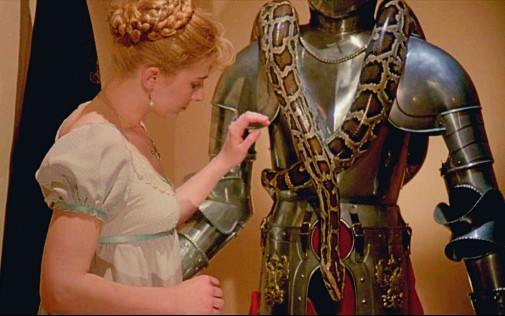
GOTHIC
Costumes designed by Kay Gallwell & Victoria Russell
Absolute lunacy grounded in the fine details of Regency clothes. Erotically charged, even the most modest garment becomes a costume for lustful theatre.
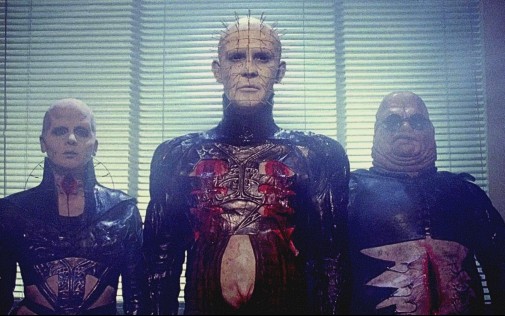
HELLRAISER
Costumes designed by Joanna Johnston
Iconic movie monsters whose look is a hellish sight of kink twisted into demonic cruelty. The mundane designs also impress, delineating levels of morality, depravity, and the grey areas in between.
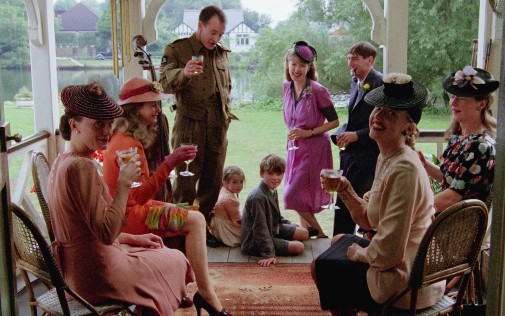
HOPE AND GLORY
Costumes designed by Shirley Russell
Wartime frugality explodes out of John Boorman's memory in crystalline detail. Russell's costumes are a riot of florals and 40s middle-class elegance. She hints at the period's beauty but doesn't hide its ugliness.
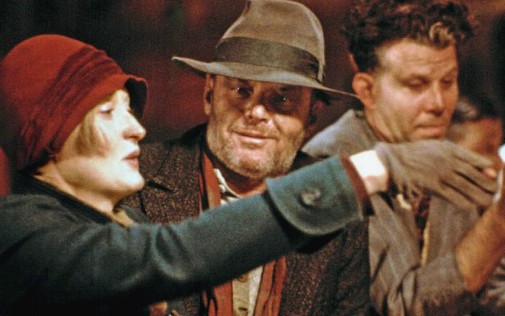
IRONWEED
Costumes designed by Joseph G, Aulisi
Visceral costuming immerses us into the character's world. Aulisi's designs respect the character's individuality, the reality of their condition and suggest who they once were.
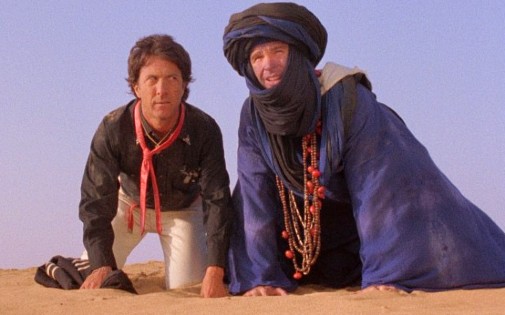
ISHTAR
Costumes designed by Anthony Powell
This picture's budget was famously gigantic and every penny's onscreen. Powell's work is as precise in the Manhattan prologue as it is in the Arabian fantasy of the main adventure. Cartoonish excess rendered in gradations of palpable reality.
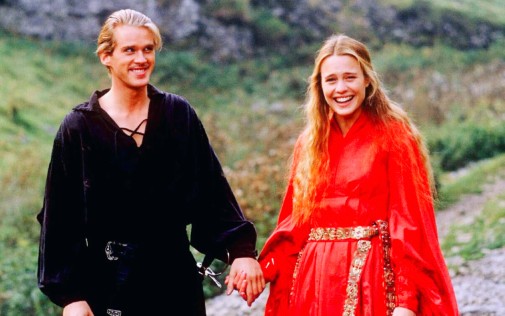
THE PRINCESS BRIDE
Costumes designed by Phyllis Dalton
Fairytale innocence and many cultural references are blended in a cocktail of costuming that's as iconic as referential. It's got nothing to do with Medieval fashion, it knows it and has a lot of fun with an aesthetic of 80s fantasia.
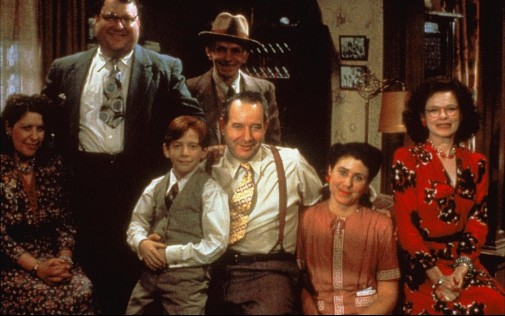
RADIO DAYS
Costumes designed by Jeffrey Kurland
Nostalgic reveries whose sweetly conceived period styles are necessarily refracted by the characters' kookiness. Historical recreation with a lively, colorful, personality.
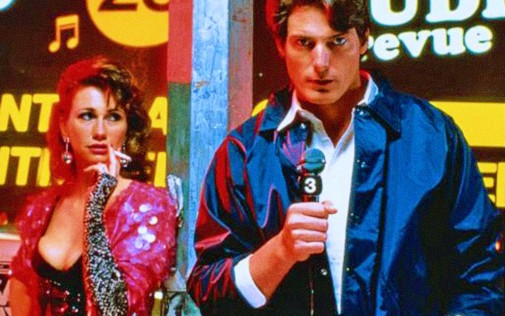
STREET SMART
Costumes designed by Jo Ynocencio
Two worlds colliding, dancing, seducing each other, make this film a strange affair of urbane melodrama. Ynocencio's designs for the prostitutes, pimps, and petty criminals come off as authentic to the character's personalities and spectacular too.
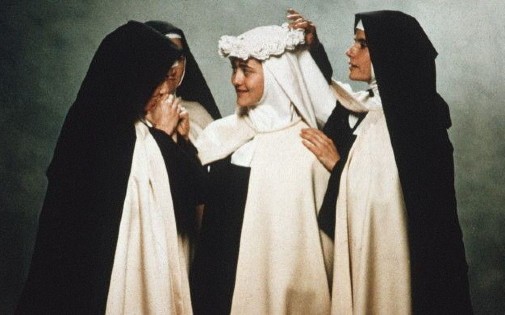
THÉRÈSE
Costumes designed by Yvette Bonnay
Minimalistic and cannily anachronistic, these costumes are an essential part of this picture's painterly look. Bonnay makes Carmelite attire look both severe and oddly comforting, both abstract and concrete.
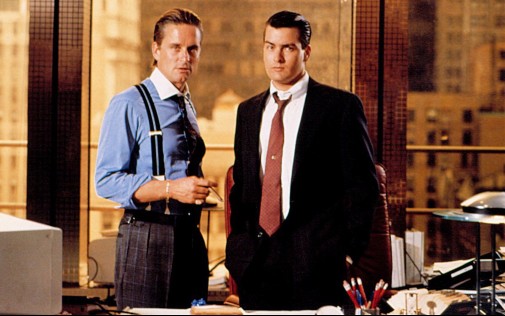
WALL STREET
Costumes designed by Ellen Mirojnick
In a case of reality imitating art, Mirojnick created a look that was a twisted exaggeration of executive fashion but her designs soon became a style Bible for the people her film portrayed. Greed materialized in tacky ostentation.
Forced to choose a ballot of five, I'd probably single out Dark Eyes, The Last Emperor, Maurice, Radio Days and Wall Street. Just like AMPAS, I'd give the trophy to James Acheson.
What were your favorite costumes from 1987?